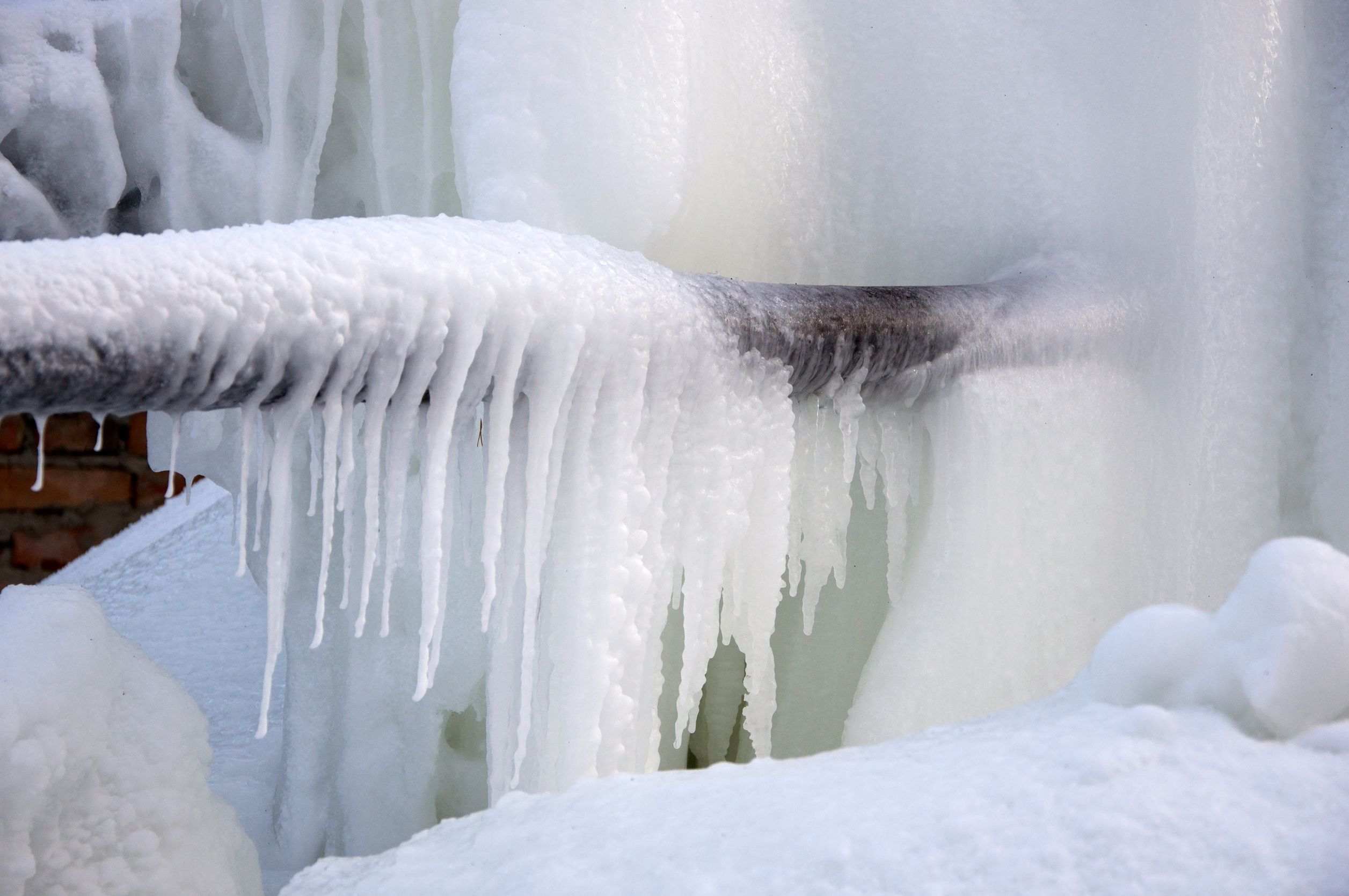Safeguarding Pipes from Freezing Issues: Key Approaches
Safeguarding Pipes from Freezing Issues: Key Approaches
Blog Article
We've found the article on How to prepare your home plumbing for winter weather down the page on the internet and figured it made good sense to share it with you in this article.

Winter can wreak havoc on your pipes, especially by freezing pipes. Right here's how to stop it from occurring and what to do if it does.
Intro
As temperatures drop, the threat of frozen pipelines boosts, possibly causing costly repairs and water damages. Understanding how to avoid frozen pipes is important for house owners in chilly climates.
Comprehending Frozen Pipelines
What triggers pipes to ice up?
Pipes freeze when exposed to temperature levels listed below 32 ° F (0 ° C) for prolonged periods. As water inside the pipes ices up, it increases, putting pressure on the pipeline wall surfaces and potentially creating them to burst.
Threats and problems
Icy pipes can bring about supply of water interruptions, property damage, and costly repair services. Ruptured pipelines can flood homes and cause substantial structural damage.
Indications of Frozen Piping
Recognizing frozen pipelines early can stop them from rupturing.
How to recognize icy pipelines
Look for decreased water circulation from taps, unusual odors or sounds from pipes, and visible frost on revealed pipes.
Prevention Tips
Shielding at risk pipes
Wrap pipelines in insulation sleeves or make use of heat tape to protect them from freezing temperatures. Concentrate on pipes in unheated or external locations of the home.
Home heating techniques
Maintain indoor rooms effectively heated up, specifically areas with pipes. Open up cabinet doors to allow cozy air to flow around pipes under sinks.
Protecting Exterior Pipes
Garden hoses and outside taps
Disconnect and drain yard tubes prior to wintertime. Mount frost-proof faucets or cover outside faucets with protected caps.
What to Do If Your Pipelines Freeze
Immediate actions to take
If you believe frozen pipes, maintain faucets open to relieve pressure as the ice melts. Make use of a hairdryer or towels soaked in hot water to thaw pipelines slowly.
Long-Term Solutions
Architectural modifications
Take into consideration rerouting pipelines away from outside wall surfaces or unheated areas. Include added insulation to attic rooms, cellars, and crawl spaces.
Upgrading insulation
Purchase high-quality insulation for pipes, attics, and wall surfaces. Proper insulation assists maintain constant temperature levels and reduces the threat of frozen pipes.
Final thought
Protecting against frozen pipelines calls for positive steps and fast reactions. By comprehending the causes, indications, and safety nets, house owners can secure their plumbing during cold weather.
5 Ways to Prevent Frozen Pipes
Drain Outdoor Faucets and Disconnect Hoses
First, close the shut-off valve that controls the flow of water in the pipe to your outdoor faucet. Then, head outside to disconnect and drain your hose and open the outdoor faucet to allow the water to completely drain out of the line. Turn off the faucet when done. Finally, head back to the shut-off valve and drain the remaining water inside the pipe into a bucket or container. Additionally, if you have a home irrigation system, you should consider hiring an expert to clear the system of water each year.
Insulate Pipes
One of the best and most cost-effective methods for preventing frozen water pipes is to wrap your pipes with insulation. This is especially important for areas in your home that aren’t exposed to heat, such as an attic. We suggest using foam sleeves, which can typically be found at your local hardware store.
Keep Heat Running at 65
Your pipes are located inside your walls, and the temperature there is much colder than the rest of the house. To prevent your pipes from freezing, The Insurance Information Institute suggests that you keep your home heated to at least 65 degrees, even when traveling. You may want to invest in smart devices that can keep an eye on the temperature in your home while you’re away.
Leave Water Dripping
Moving water — even a small trickle — can prevent ice from forming inside your pipes. When freezing temps are imminent, start a drip of water from all faucets that serve exposed pipes. Leaving a few faucets running will also help relieve pressure inside the pipes and help prevent a rupture if the water inside freezes.
Open Cupboard Doors
Warm your kitchen and bathroom pipes by opening cupboards and vanities. You should also leave your interior doors ajar to help warm air circulate evenly throughout your home.

I was brought to that report about How to prepare your home plumbing for winter weather through a good friend on another web page. For those who enjoyed our blog entry please remember to share it. I am grateful for being here. Come back soon.
Maintenance Sign-Up Report this page